To honor the great minds who transcend material and form to create symbolic structures, the "Oscar of Architecture" — the Pritzker Prize, was founded.
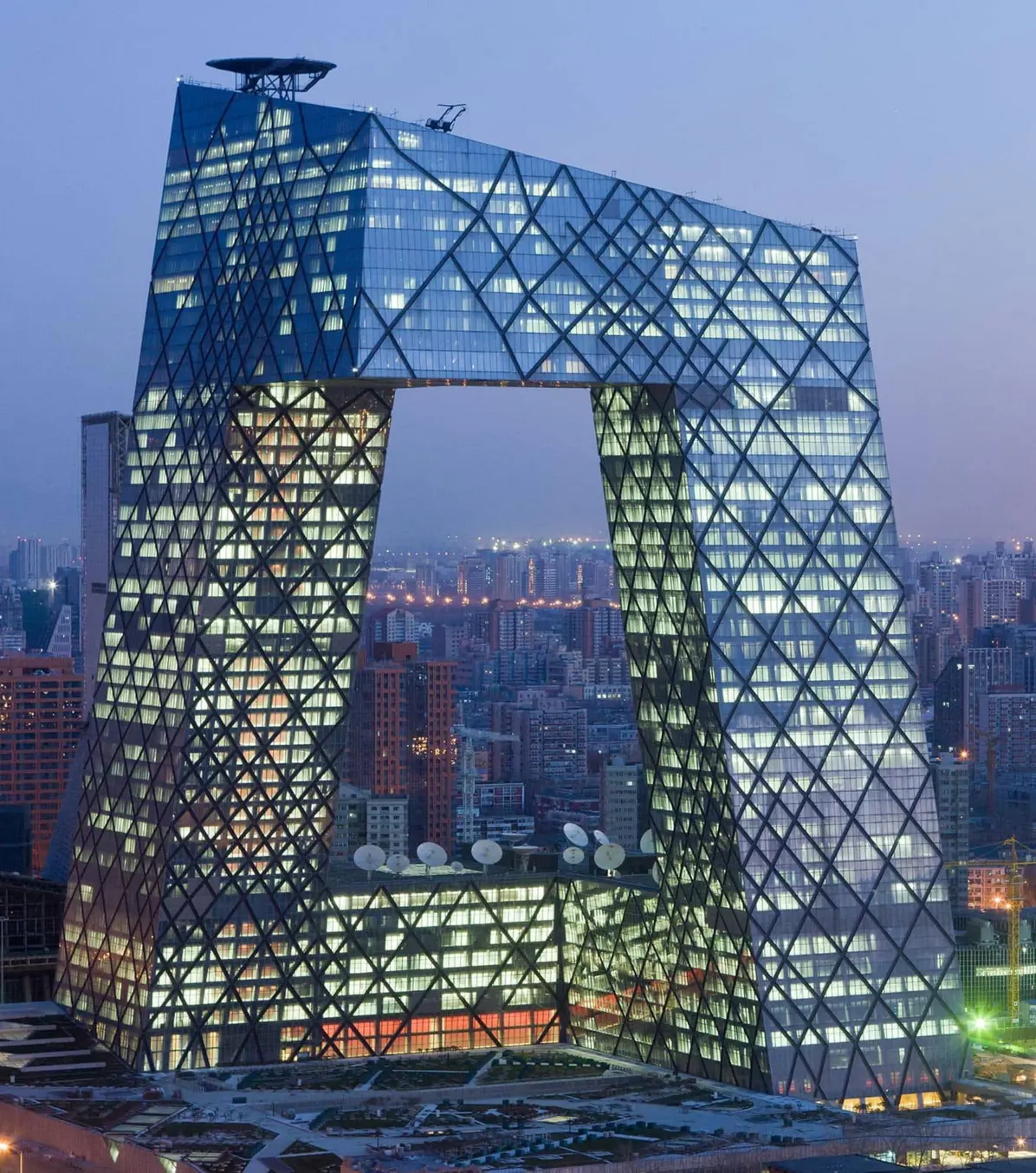
To honor the great minds who transcend material and form to create symbolic structures, the "Oscar of Architecture" — the Pritzker Prize, was founded.
October 16, 2025
To honor the great minds who transcend material and form to create symbolic structures, the "Oscar of Architecture" — the Pritzker Prize, was founded.
The Pritzker family, founders of the Hyatt hotel empire, held a profound passion for architecture. They recognized the absence of a prestigious international award truly worthy of the field’s greatest contributions. Jay Pritzker longed to establish a prize with prestige on par with the Oscar, one that would raise public awareness of architecture’s vital role in shaping human life. Hence, in 1979, from the vision of Jay A. Pritzker and his wife Cindy, a new star emerged on the global architectural horizon: the Pritzker Architecture Prize.

The goal of the Pritzker Prize is to “honor a living architect whose built work demonstrates a combination of talent, vision, and commitment, and who has produced consistent and significant contributions to humanity through the art of architecture.” Unlike awards that focus on a single building, the Pritzker takes a broader view, celebrating an architect’s entire body of work and the lasting imprint they leave behind.
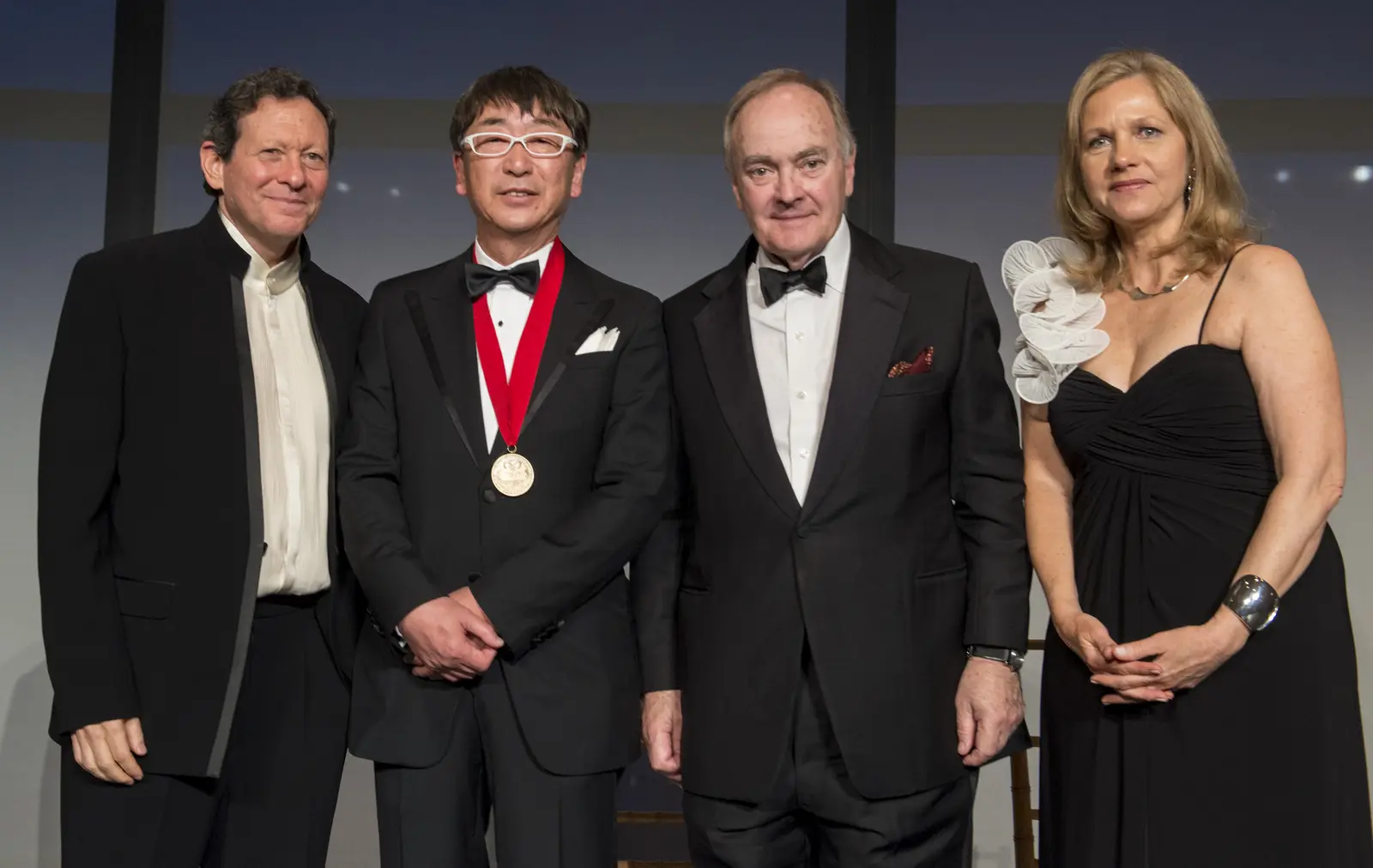
Its evaluation criteria resemble a symphonic composition, rich and comprehensive. Foremost is the exceptional quality of the architect’s work: each project must be a masterpiece of design, innovation, functionality, and sustainability. Then comes the spirit of originality and timeless vision, the ability to break boundaries and craft new ideas. Profound social and environmental impact is also vital: architecture must touch lives, elevate living standards, and harmonize with nature. Finally, consistency throughout one’s career, marked by a distinct style, a clear architectural philosophy, and unwavering dedication, is indispensable.

The Pritzker jury is composed of 5 to 9 experts in architecture, business, education, publishing, and culture. Selection is conducted confidentially over several months, involving deep deliberation over each candidate. The laureate receives a $100,000 prize, a bronze medallion, and an official certificate. The medallion's design is inspired by the work of architect Louis Sullivan, and the inscription on the back, "firmitas, utilitas, venustas," is from the Roman architect Vitruvius, meaning "firmness, commodity, and delight". Prior to 1987, winners also received a limited edition sculpture by Henry Moore.
As of 2024, the Pritzker Prize has honored 48 architects or architect duos. It has been awarded jointly to two people five times, and once to three people. These statistics reflect the award’s diversity and adaptability.
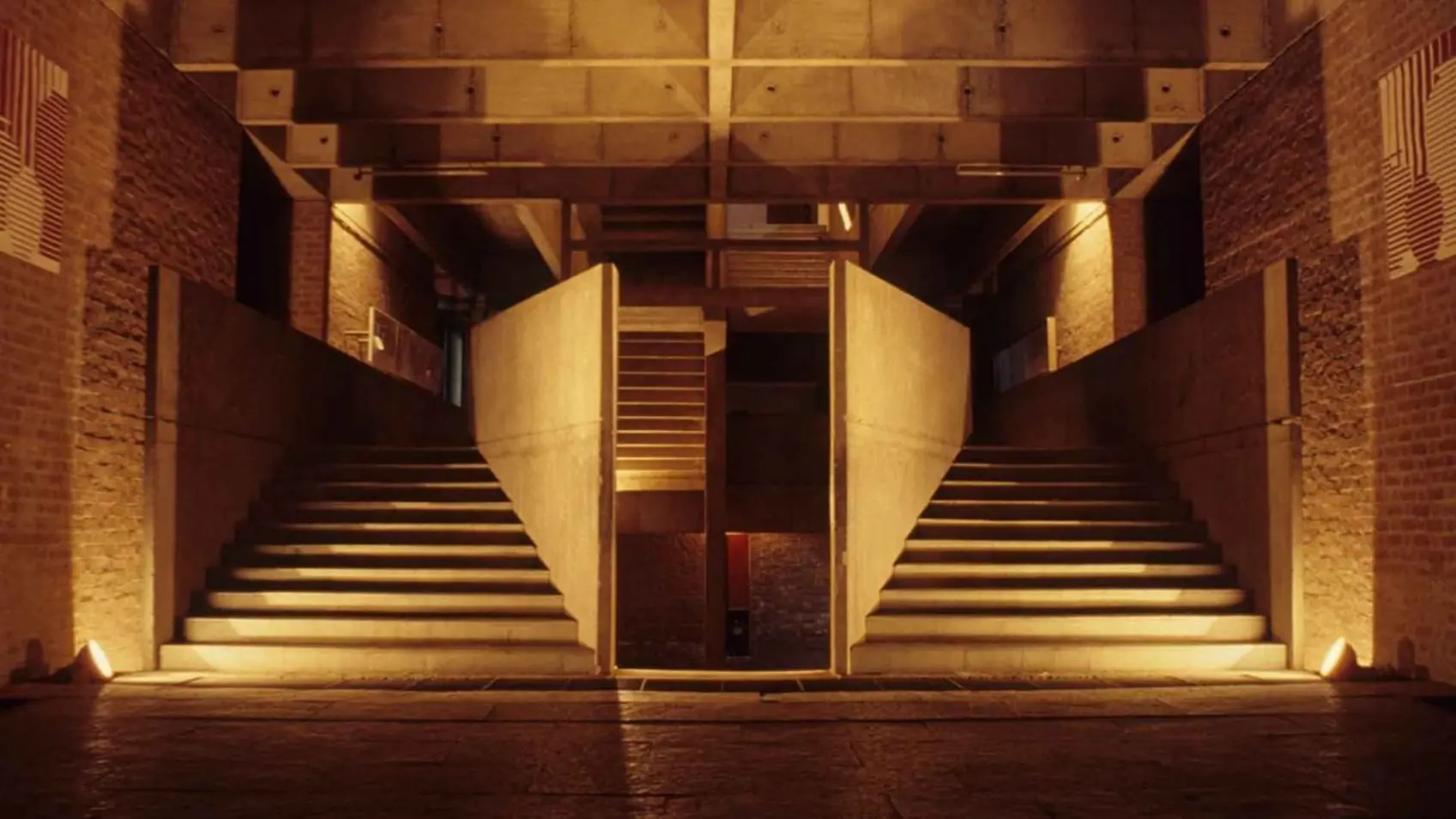

Japan leads the recipient list with nine laureates, followed by the United States with eight. The Pritzker is also renowned for its “surprising” selections, recognizing breakthrough talents who may not yet be widely known. It celebrates not only nationality, gender, and age diversity but also a global vision and the jury’s boldness in defying convention.
Philip Johnson was the first laureate in 1979, famed for his Glass House in New Canaan, Connecticut, an iconic modernist masterpiece.
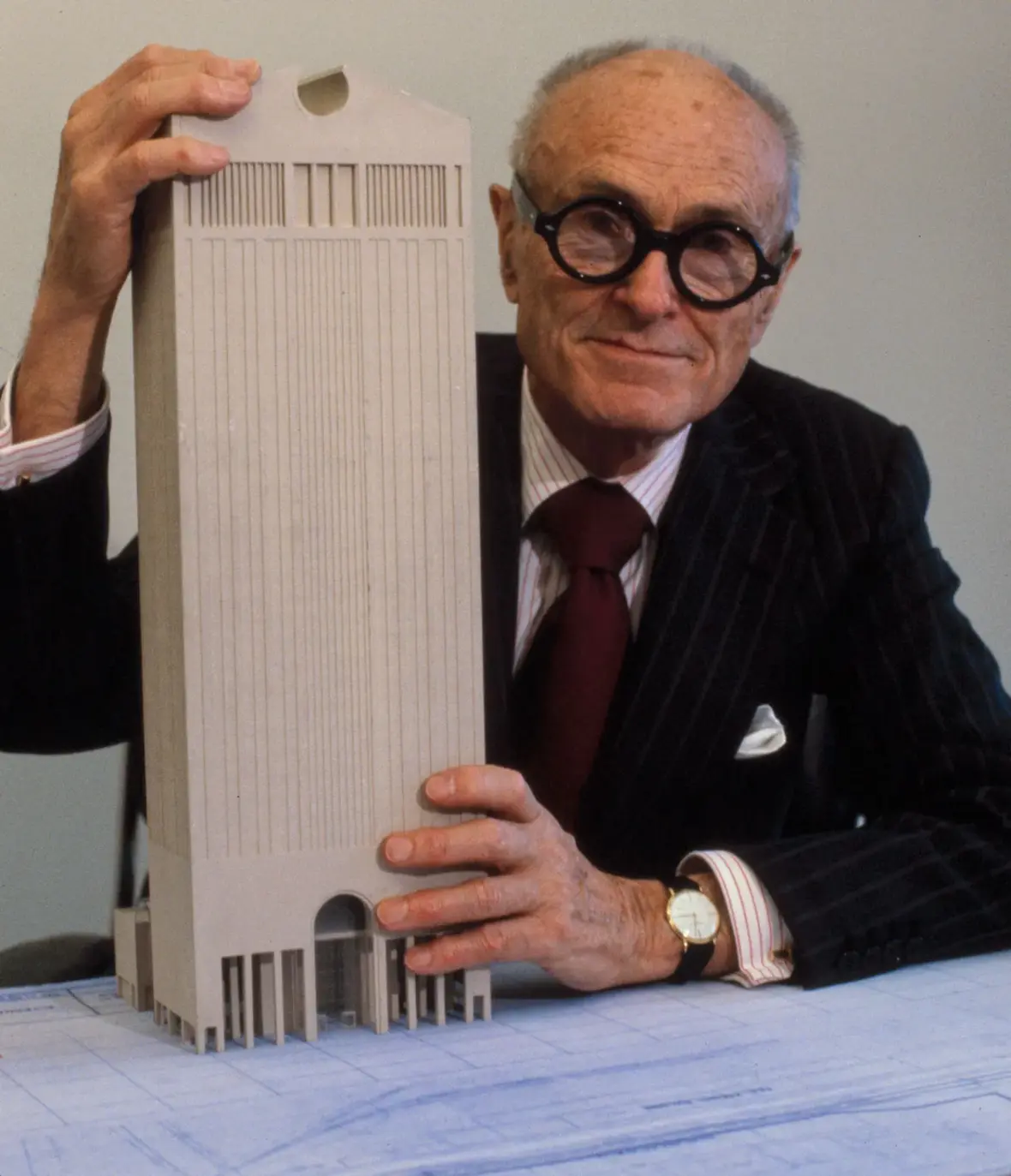
With its transparent, minimalist yet refined design, the Glass House blends architecture and nature and marked an early aesthetic direction for the Pritzker.

In 1983, Chinese-American architect I. M. Pei was awarded for his exceptional integration of geometry and light. His most iconic work, the glass pyramid at the Louvre Museum in Paris, was initially controversial for its stark contrast with the classical surroundings. Over time, however, it became a modern emblem of Paris.

Frank Gehry, the 1989 laureate, exemplifies Deconstructivism. He is best known for the Guggenheim Museum Bilbao in Spain, a sculptural marvel of titanium with undulating forms. Beyond being a design masterpiece, the museum sparked Bilbao’s cultural and economic revival, proving architecture’s power to transform cities.
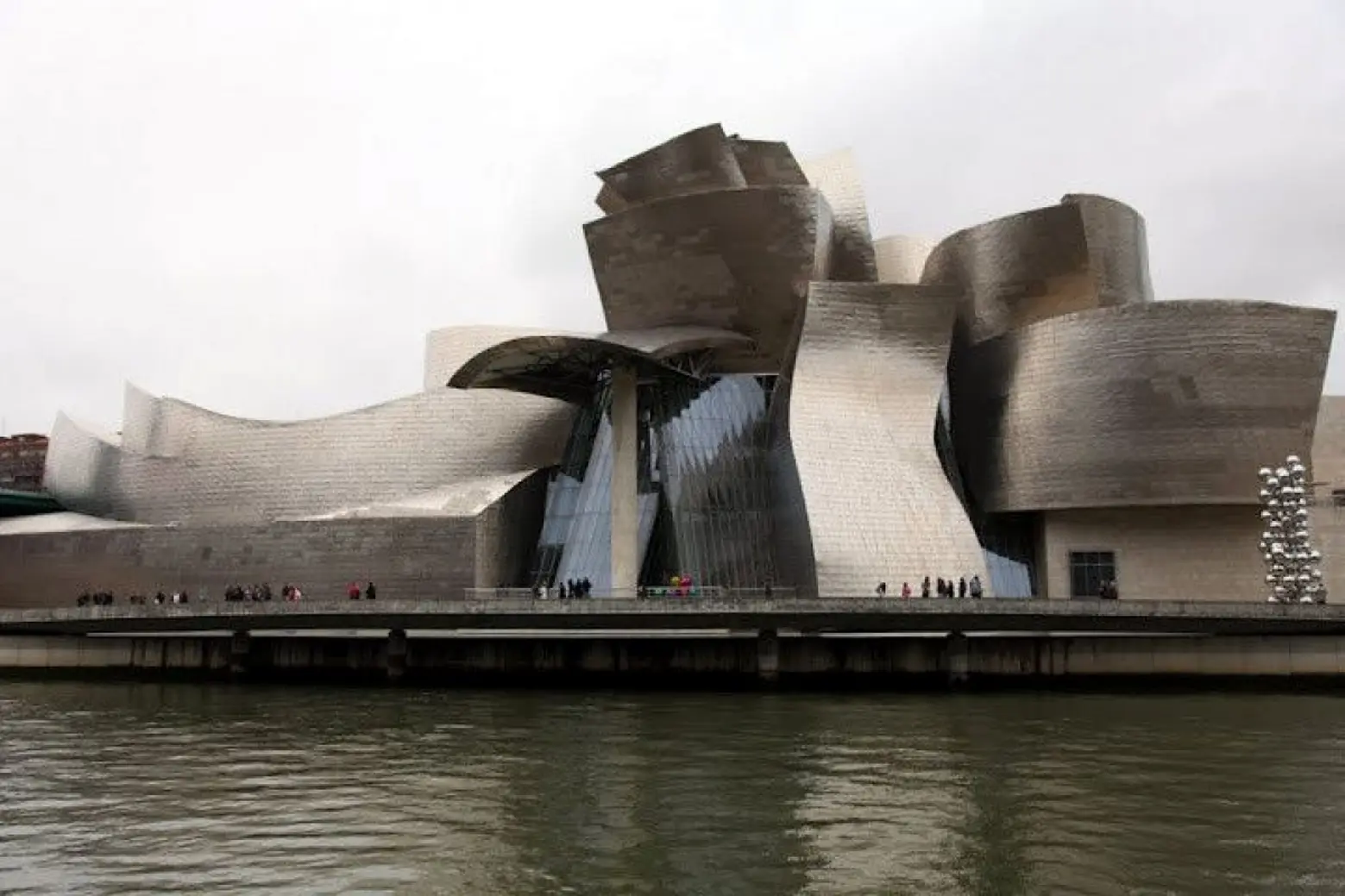
In 2000, Dutch architect and theorist Rem Koolhaas was honored for his daring architectural thinking. His CCTV Headquarters in Beijing stands as one of his most striking works — an unconventional structure that defies the norms of skyscraper design, now a landmark of contemporary Asian architecture.

Kazuyo Sejima and Ryue Nishizawa, the Japanese duo behind SANAA, won in 2010. Their work is marked by lightness, minimalism, and transparency, with a focus on light and spatial experience. The New Museum of Contemporary Art in New York exemplifies this philosophy, its layered design evoking a delicate mist enveloping visual experience.

In 2019, Japan’s Arata Isozaki was honored for his seamless fusion of East and West, tradition and modernity. With a career spanning over half a century, his work represents a bridge between cultures and continues to influence architectural discourse globally.

Francis Kéré, the 2022 laureate, was the first architect of African descent (Burkina Faso) to receive the prize. His work emphasizes community, using local materials and respecting environmental conditions. Kéré’s designs are not only aesthetically compelling but socially transformative, particularly in rural Africa, where architecture directly impacts lives.
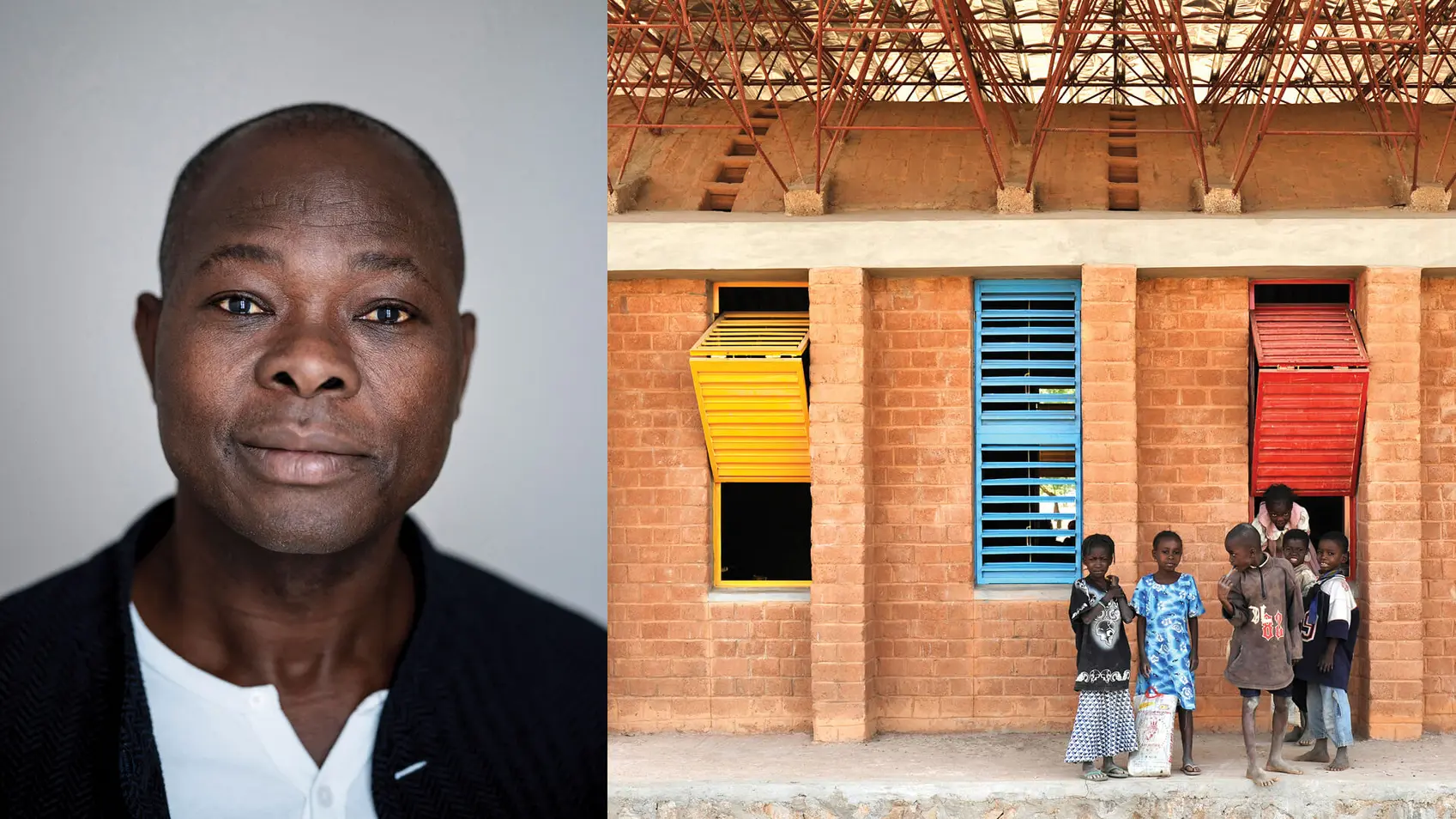
Among the most iconic Pritzker laureates is Zaha Hadid (1950–2016), an Iraqi-born British architect known as the “Queen of Curves.” She was the first woman to win the prize, marking a paradigm shift not just in design innovation but in how the world views women and non-Western cultures in architecture.

adid was a pioneer of Deconstructivism, known for her dynamic forms, fluid curves, and gravity-defying spaces. Though none of her award-winning projects were located in the Middle East, her creative vision expanded the geographical and conceptual boundaries of architecture. She inspired future generations and championed global recognition for female and non-Western architects.
Over more than four decades, the prize has elevated global awareness of architecture’s role, inspired future generations, and helped shape sustainable living environments. Like a guiding lighthouse for the profession, the Pritzker truly stands as the “Oscar of Architecture” — a lasting commitment to excellence, creativity, and the transformative power of design.